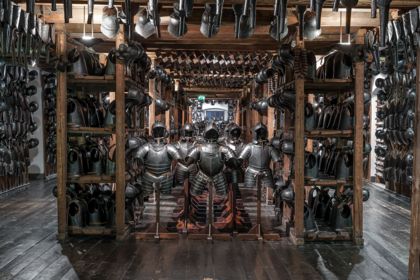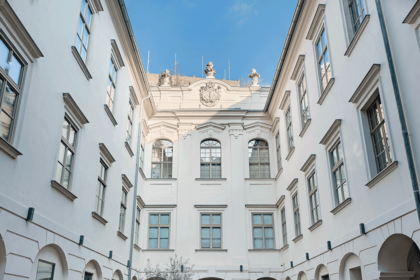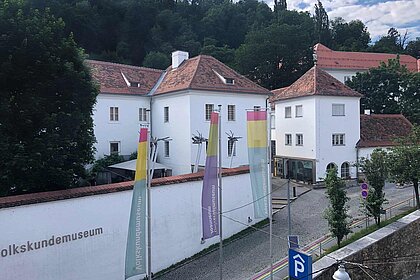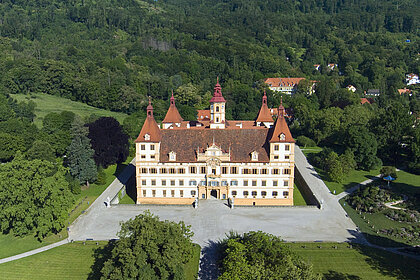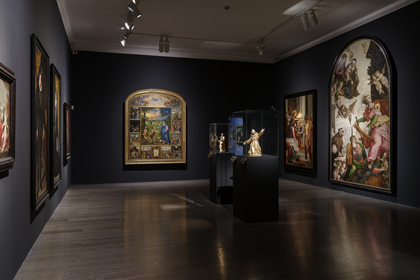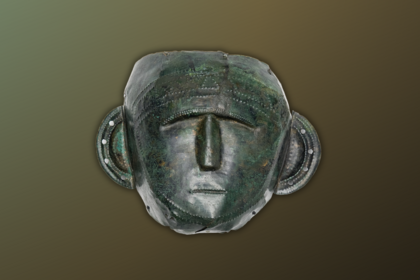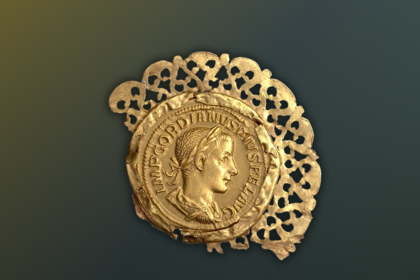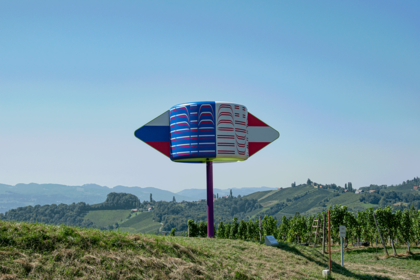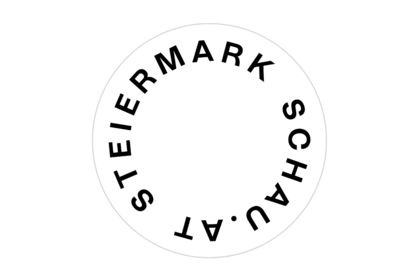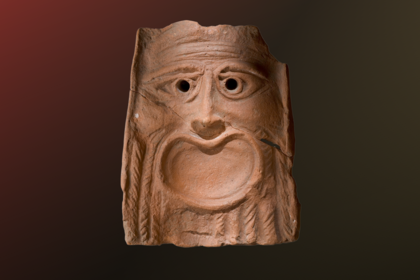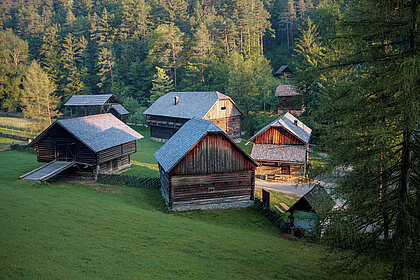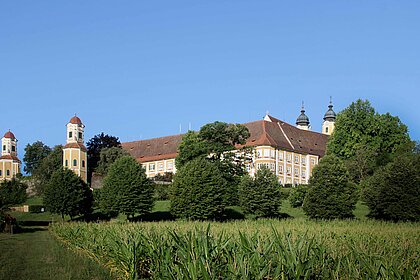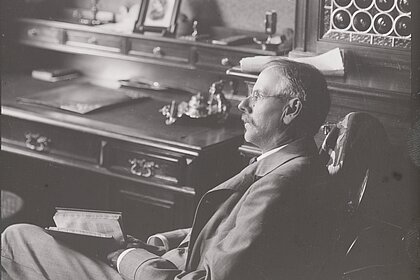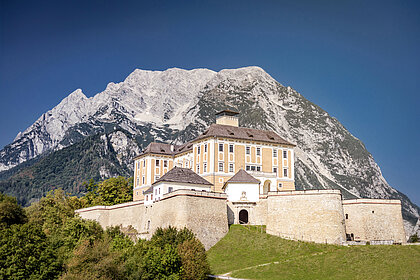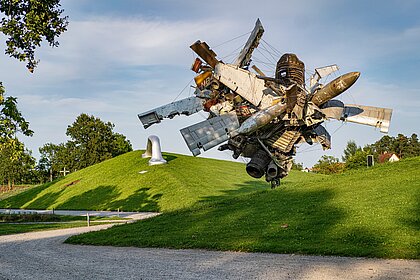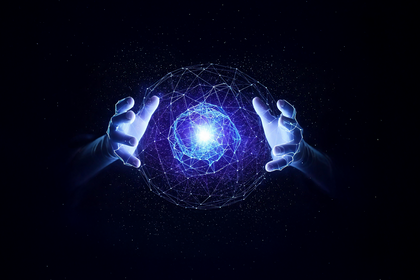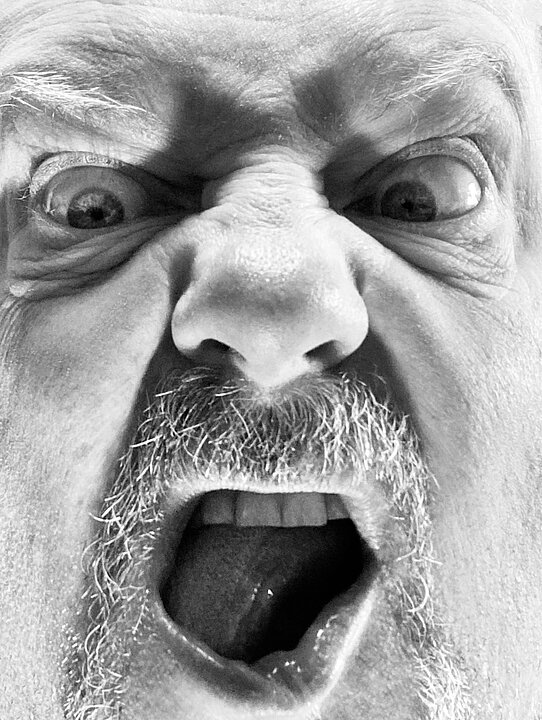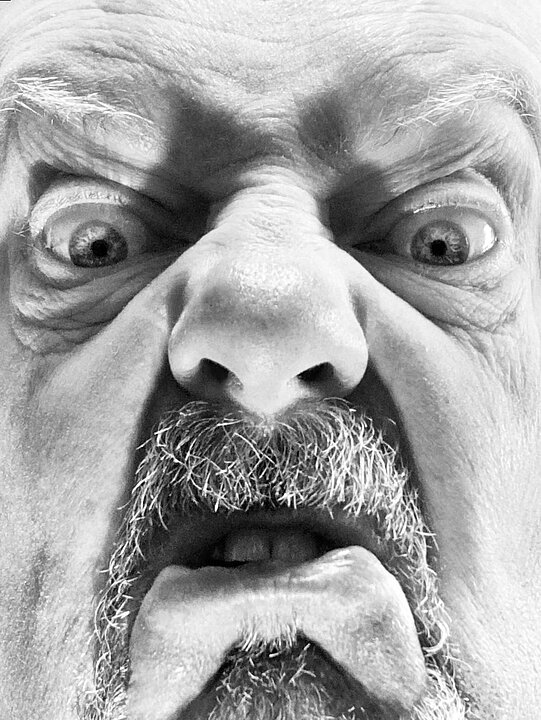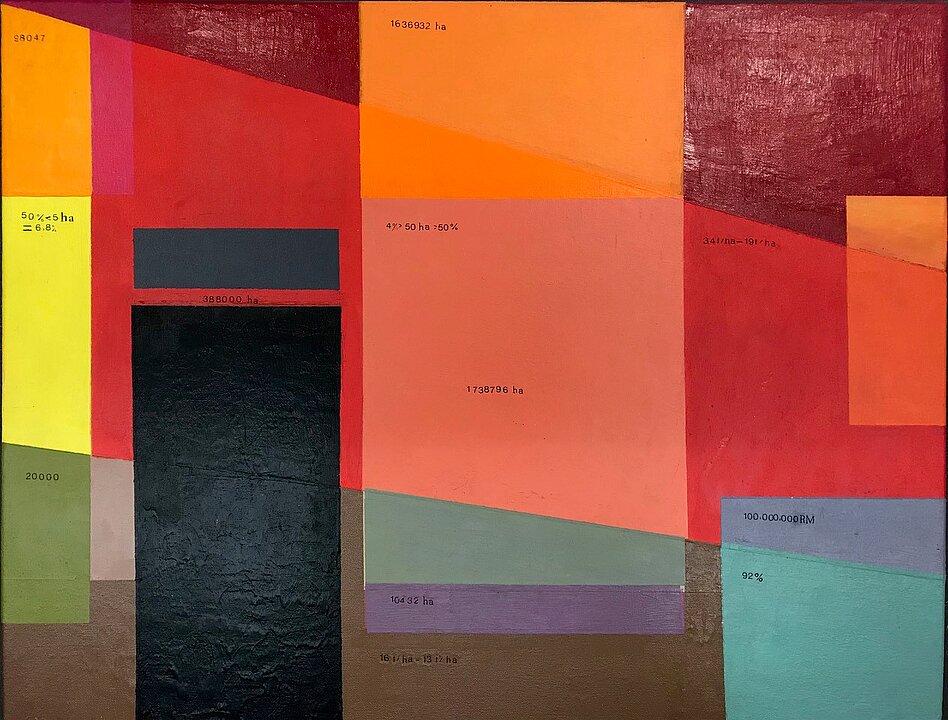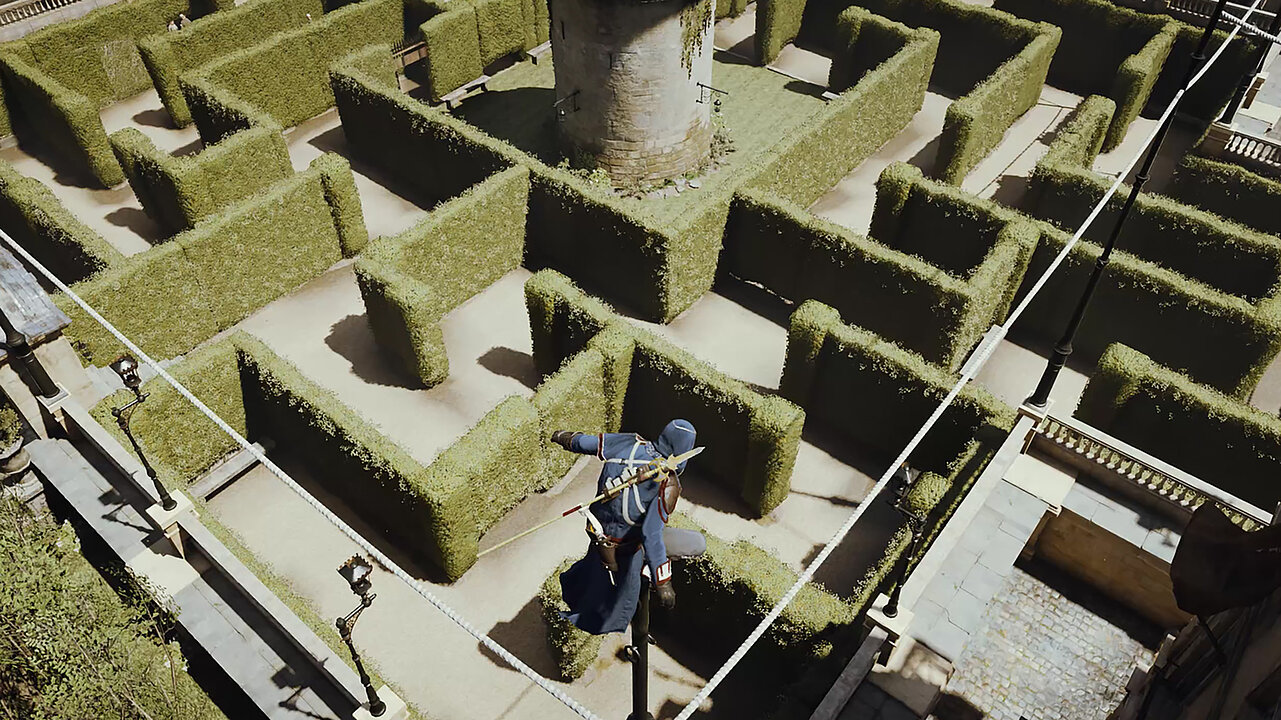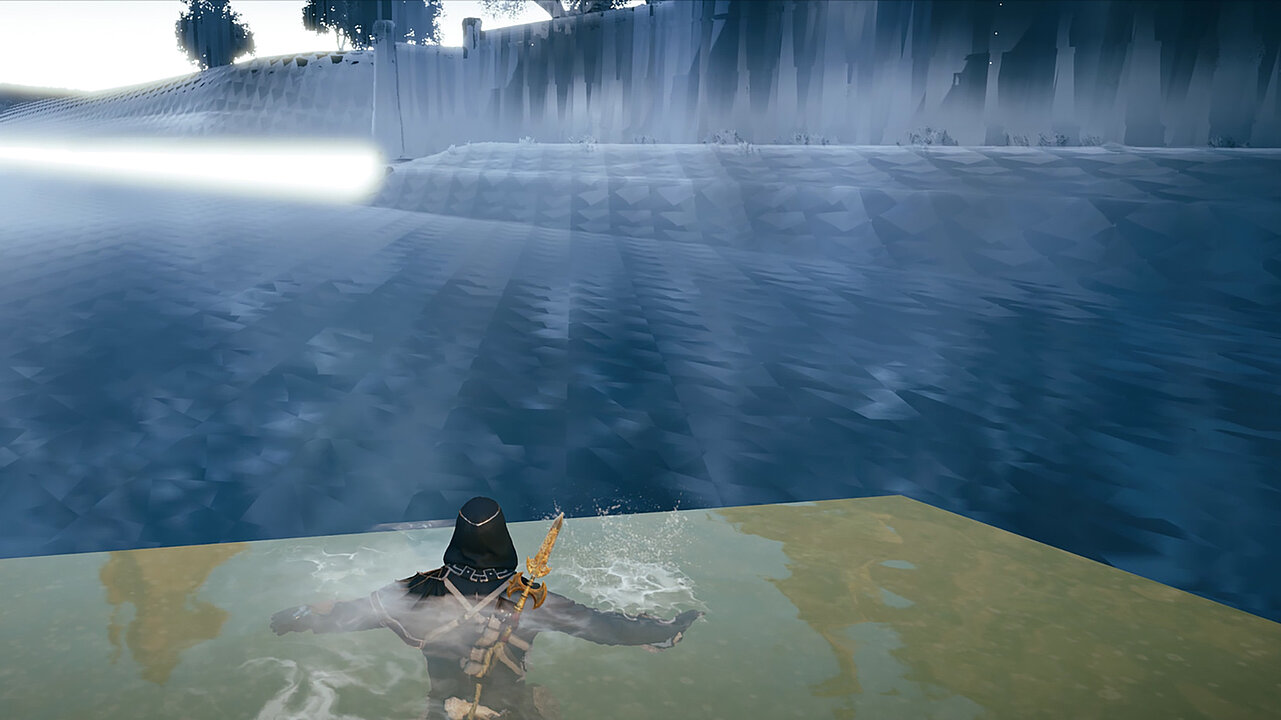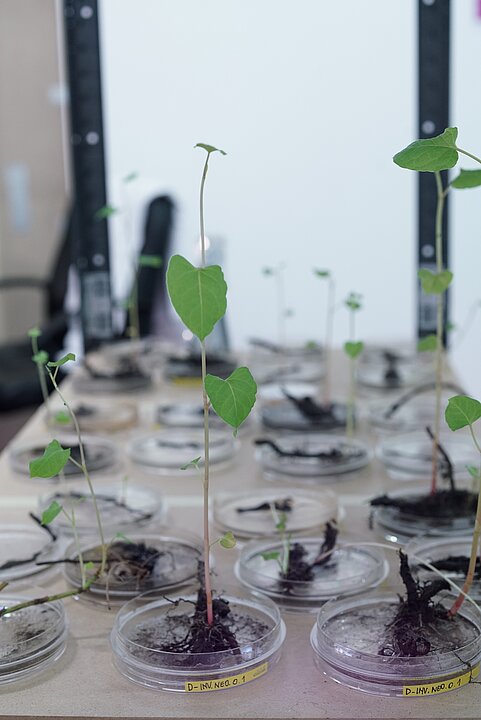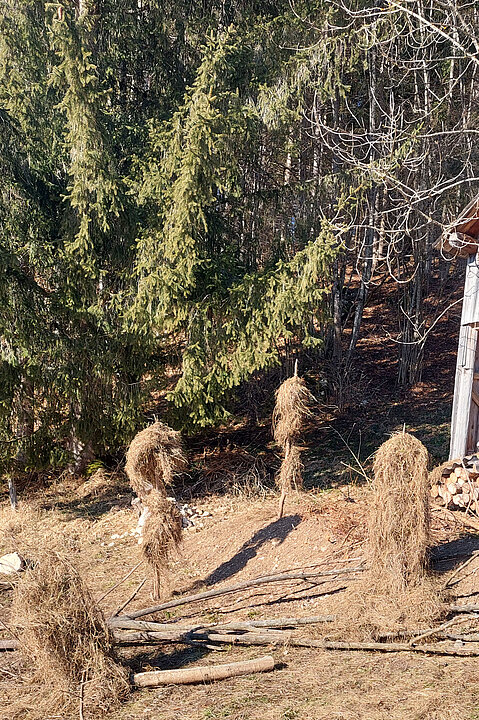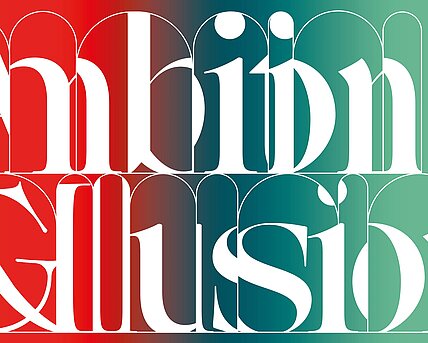as part of SHOWING STYRIA 2025
Alpine Adriatic region Pavilion
History Repeating?
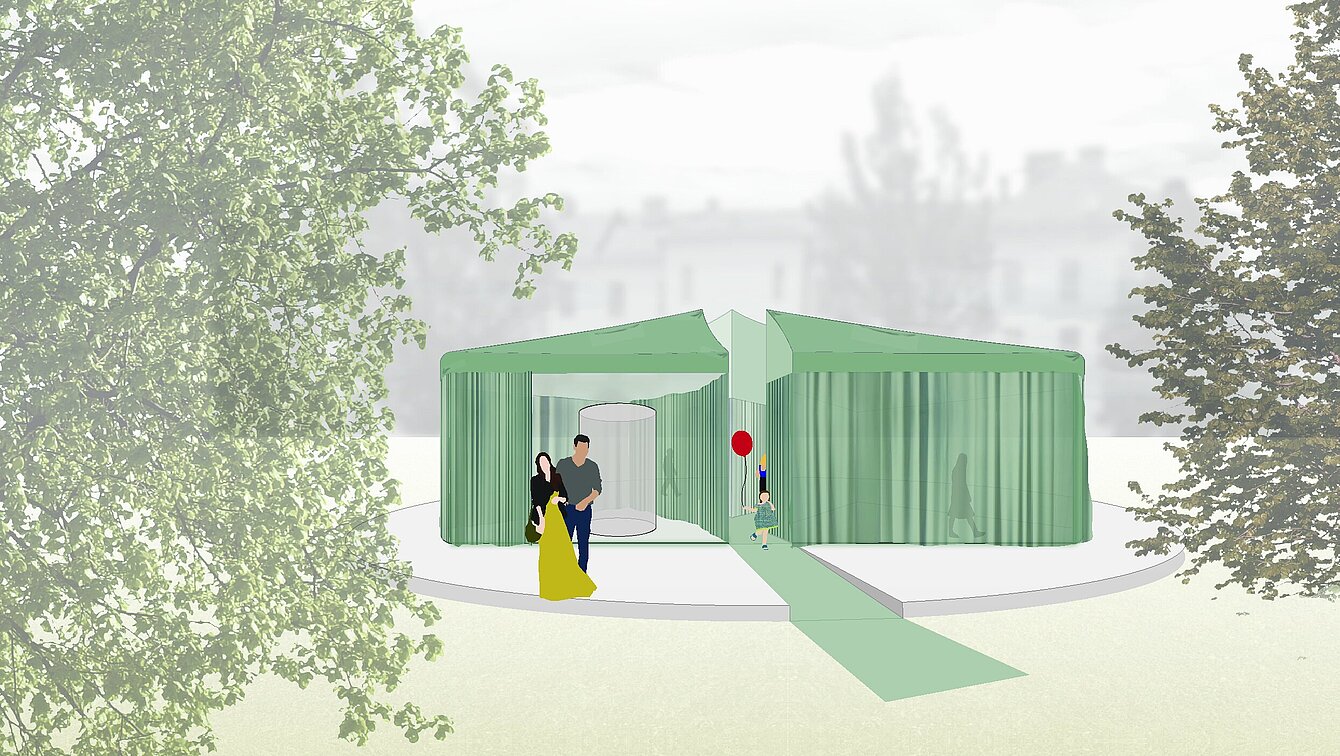
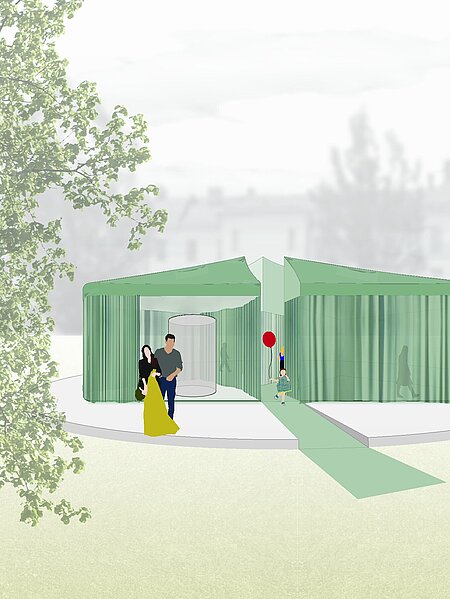
Image Credits
Exhibition
Locations and durations
Ljubljana: tba
Curated by
Günther Holler-Schuster
Show all
About Alpine Adriatic region Pavilion
As part of SHOWING STYRIA 2025 with the title Ambition & Illusion.
The Alpine Adriatic region is connected by a partially shared history. However, it is also characterized by difficult historical conflicts. Until 1918 it was part of the Habsburg Monarchy, and after the Second World War it was the border region between Austria, Italy and Yugoslavia. The new geopolitical order after 1945 led to the territorial fragmentation of the region and the mutual separation of the people living there.
The architecture of this pavilion therefore provides for a three-part division and thus refers to the history of the region with its historical references to the idea of “Inner Austria” with Graz as its residence. In the 1960s, the “Trigon idea” recalled this historical moment. The renewed encounter between the regions of the historical territory was seen as an opportunity to reposition Graz in terms of cultural policy against the backdrop of the “Cold War”.
The artistic contributions do not explicitly deal with this topic, but indirectly take up aspects of it. They thus extend the regional context to a more general reception. In addition to art-immanent aspects, the focus here is on migration scenarios, cultural identities (Lena Violetta Leitner, Andreas Heller, Michael Pöllinger) as well as questions of territorial and cultural claims (Milica Tomić, Franz Kapfer) and cultural roots (Total Refusal, Christof Neugebauer).
Franz Kapfer
Works of art
Franz Kapfer’s art is fundamentally based on extensive research. This does not mean that the artist searches for content which he then refers to or illustrates. For Kapfer, research is not only an artistic strategy but also a passion and a precondition for artistic expression. For him, the historical is unavoidable. In a way, Kapfer is also a historian and his art is a form of visual historiography.
However, he does not pursue a rational idea of research and presentation. Rather, it is aspects of reality that he transfers into new contexts, and in principle it is interchangeable what the artist is literally concerned with. Political processes, social upheavals and developments in the present are his actual concerns behind his use of historical material – the view of the present with the gaze of the historical.
This is also the case in the current case, where Franz Kapfer examines the long history of the Styrian panther. He has condensed the changing figures through the centuries into a shadow play. The mythical creature of the panther (“Pantier”), which originates from human fantasy and has nothing to do with zoological reality, becomes the main protagonist in Kapfer’s play. The creature in the installation appears both threatening and aesthetically pleasing.
This partly reflects the image we have of the panther – actually threatening, a fire-breathing cat of prey. However, this menace has little to do with the mythical history of this animal, as it was considered a good-natured and, above all, fragrant creature. The tongues of fire are said to symbolize the panther’s scented exhalations.
Christof Neugebauer
Works of art
Trained as both a theorist and an artist, Christof Neugebauer takes a variety of paths in his art. The interaction of visual and acoustic stimuli is central to his work. The mostly participatory objects and images are sophisticated apparatuses of perception. They often give us clues to the other. By negating the visual level, for example, but formulating the acoustic level all the more intensely, they create astonishing shifts in content.
Something similar can be experienced in the Maskerons. The semi-sculptural decorative heads, which are often found on baroque façades, usually have expressive facial expressions and are reminiscent of screams or roars. In a way, they seem to follow the baroque spectacle in their expressiveness. Almost hidden and often overlooked, these mythical creatures are an expression of protection for a building – they are thus “apotropaic”, i.e. basically intended to ward off evil.
Christof Neugebauer, who also took on the Maskerons as part of his art historical research, made direct contact with them. He has photographed them himself and equipped them with imaginary sounds. The audience can communicate with these creatures by applying gentle pressure to the surface of the picture. What was historically still an expression of superstition seems to become a playful or performative way of coping with horror in Neugebauer’s art.
Milica Tomić
Works of art
Milica Tomić’s artistic work is characterized by video, film and performance. The conceptual approach she pursues often extends beyond the boundaries of media. She uses the public sphere, with all its deceits and dangers, as the setting for her art.
Her multimedia approach also allows her to ignore the boundaries within the artistic categories in which she operates. She constantly pushes various limits and tries to expand them. Research and analysis are consequently her most important methods for practicing art. Never art for art’s sake! Always looking at reality. Historical conventions are usually broken, or at least questioned. Tomić addresses the audience relentlessly by not shying away from controversial topics, just as she often exposes and reveals herself.
Surprisingly, the current project, which Milica Tomić is showing here for the first time, is about painting. However, it is by no means the idea of traditional painting that is at issue here. It is concrete content that can be conveyed by means of abstract painting. The geometric abstraction that appears here like concrete art is borrowed from the methods of statistical research.
Milica Tomić demonstrates this by means of a concrete question: Reconfiguration of property relations in Styria (1938-1950).
The historical facts are part of the formal execution, are even responsible for it. At this point, one could think of Otto Neurath and Gerd Arntz, who revolutionized visual statistics with their “isotype” method. Yet they used figurative representation, whereas Tomić does so in a geometric-abstract manner
Total Refusal
Works of art
Gardens have been created over the centuries for edification and entertainment. The baroque garden as tamed and designed nature is a clear topos. Prestige and the will to power were to be expressed just as much as ambition and illusion through aesthetic exaltation.
The historical context of the baroque garden is set in parallel with the modern world of video games by the artist group Total Refusal. The impulse to create a paradisiacal state in the constructed natural spectacle is the declared aim here and there. It is striking how, in both the gardens and the video games, human’s fascination with the transformation of nature follows a general aestheticization. The mythical exploration of nature is also part of the process in the digital cosmos. Historical facts are often adapted, mixed or heightened in the games.
In their artistic practice, Total Refusal fundamentally examine the aesthetics and structures of video games and their relationship to the physical-real world. They transfer the codes of the games to real life, as it were.
Using the example of the baroque garden, they once again show the interaction between the analog and the digital. The ideals of garden art have largely been transformed into the aesthetics of games. One can even recognize similar objectives in both. The anarchic art collective attempts to create new dimensions in gaming culture through artistic work, to open up perspectives that can also have an impact on real life.
Following the idea of “gamification”, human existence has long since taken on the characteristics of a game. The visual cosmos of games has long since replaced that of conventional films and cinema – which has also changed our approach to reality.
Lena Violetta Leitner
Works of art
In her art, Lena Violetta Leitner explores the coexistence of plants, animals and humans in a humorous and critical way. Based on scientific principles, she develops narrative structures that include fictional aspects and are condensed into imaginary experimental set-ups and laboratory scenarios. This position between fine art, design and science also makes her an activist who places her artistic activities in a larger social or ecological context.
Leitner, who repeatedly works in various collective collaborations, founded the Integration Center for Migrated Plants (IZMP) in 2017. In it, the artist satirically explores not only processes within nature and the plant world, but also general global migration dynamics. The IZMP examines the colonial history of invasive plants. Neophytes are plants that have colonized areas after 1492 through human dispersal where they did not previously occur. The decimation of autochthonous plants is the feared consequence.
In elaborate experimental set-ups and with the participation of various experts, values are collected that allow statements to be made about the resistance of a particular plant, for example. In the language laboratory, plants are exposed to German and behavioral courses while the resistance value of the leaves is measured at the same time. If unfavorable data is found with regard to adaptability, the plant is destroyed or returned to its original country of origin.
Lena Violetta Leitner is now opening a new IZMP showroom in the pavilion. Video clips will present the institute’s working methods and research approach as well as astonishing results.
Michael Pöllinger
Works of art
The polyartist and activist Michael Pöllinger draws his creative power from two fundamental areas: from nature and from tradition. Throughout history, both areas have been infinitely dense and contradictory, abused and suffocated in clichés.
With a seemingly fresh, almost innocent approach, Pöllinger reinterprets problematic concepts such as homeland, tradition, customs, folk art and arts and crafts in a refreshing way. He combines forms of land art with lost Alpine craftsmanship and indigenous ritual structures. In Pöllinger’s art, the world of religious and pagan symbols often merges with contemporary forms of social coexistence. The present and history are constantly present, as are modernity and tradition in mixed proportions.
This art is not escapist; it is by no means closed to the acute problems of the present. For example, the artist naturally integrates questions of climate change, industrial agriculture and the accompanying social changes.
In the spirit of Claude Lévi-Strauss, Michael Pöllinger basically recognizes two essential approaches to the acquisition of knowledge and insight: the oral tradition and observation of nature widespread among primitive peoples and modern, apparatus- and writing-based scientific methods. In the present day, Michael Pöllinger sees proportion in danger in this respect and therefore attempts to counteract this in his art practice, unsentimentally and far from any nostalgia
Andreas Heller
Works of art
The syntactic principle in sculpture is characteristic of Andreas Heller’s work. Just as words can be shifted within a sentence in a language game, shifts of this kind can also occur within art. In this way, for example, elements of space become sculpturally readable. When the functional context is erased, the degree of abstraction is increased. Heller generally works with elements from architecture, taking up its formal aspects as well as the associated cultural and social aspects.
Fences are feasible in the context of both architecture and sculpture. They often directly incorporate architectural forms such as cornices and arches, columns and capitals. In any case, they define the space. The fence is simultaneously a symbol of the need for protection, separation and aesthetic calculation. Today, the cast-iron fortifications surround classicist city buildings, villas and pseudo-feudal country estates. But they are also an archive of different ideas of form.
The ornamentation of an era provides information about it and allows us to reflect on the goals and values of the respective society. Dangerous-looking elements with arrow-like tips alternate with floral pomp. In addition to demarcation, this also refers to the social prestige that lies in the decorative function of a fence. In their hybrid existence between architecture and sculpture, fences are also perceived in a special way as a cultivating element in relation to the shaping of the landscape.
In his fence objects, Andreas Heller makes clear formal reference to the historical, but in terms of content he makes a clear shift to the present – xenophobia, exclusion, isolation, defense.
